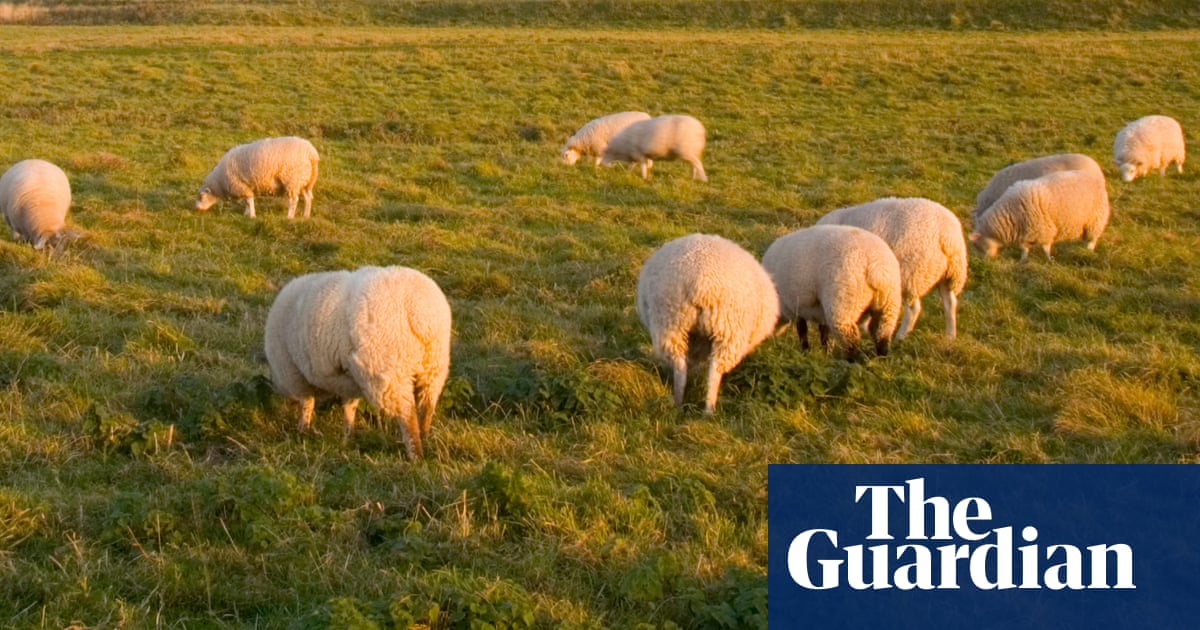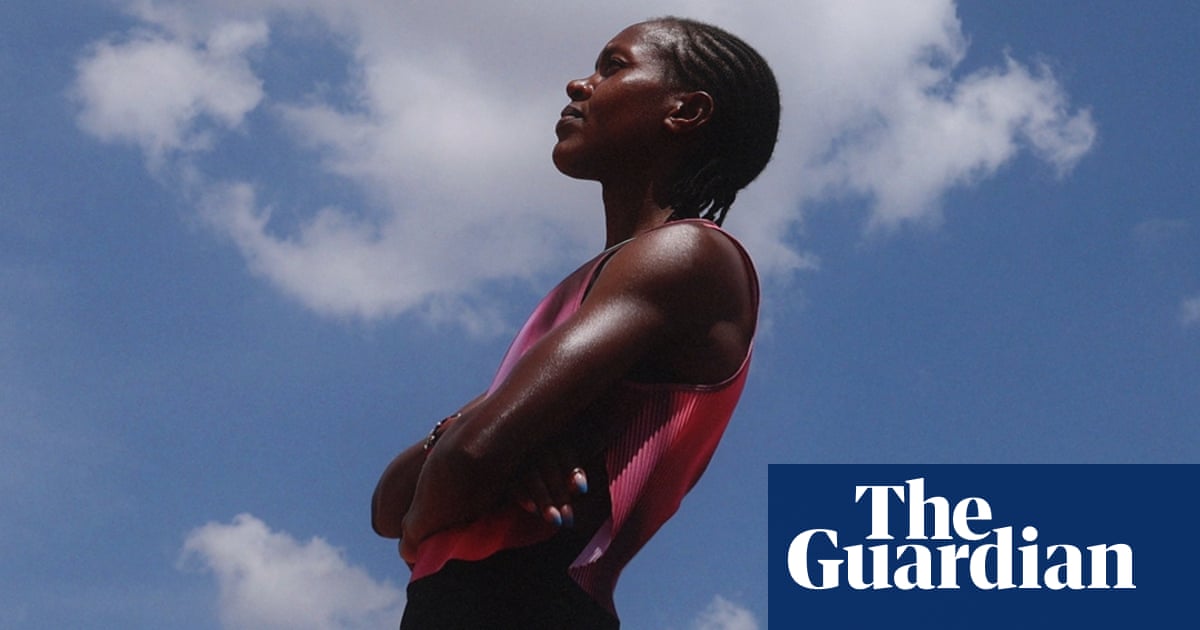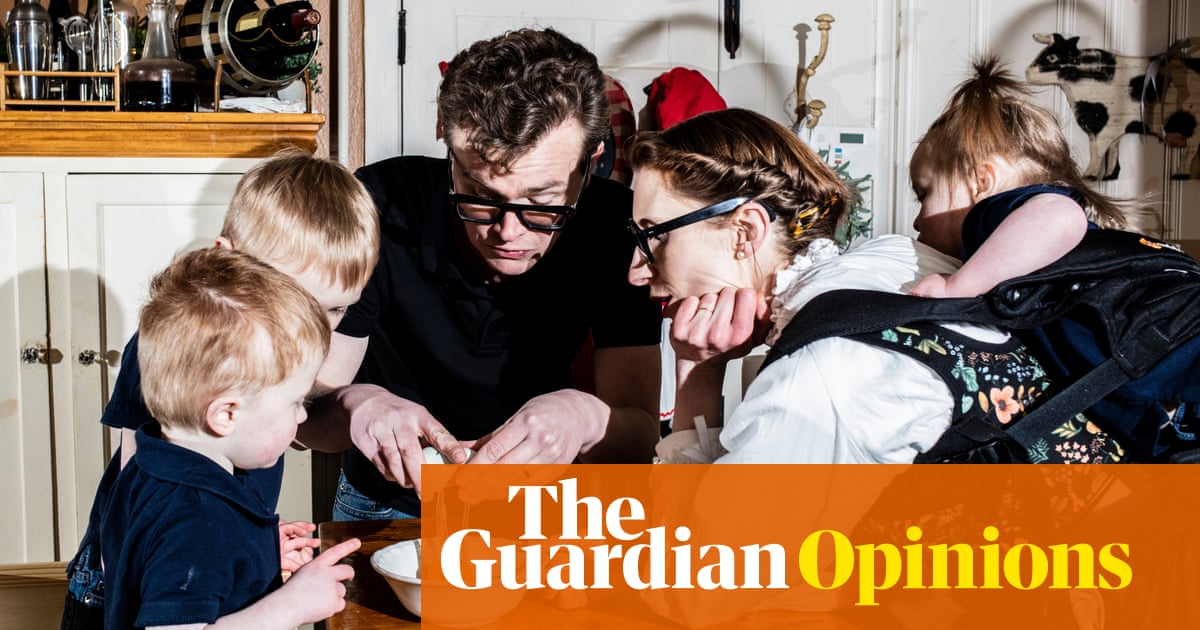Drive north of Stockholm for an hour or so and, buried within woodland near the village of Vendel, you will come across the 200-year-old house where Gustaf Broms lives. There are no shops or even neighbours here – just trees, wild animals and a man making beguiling performance art videos. You shouldn’t, however, assume that Broms feels isolated.
“I don’t see it like that,” he says through a beaming smile. In the early 1990s, the Swedish artist moved to Kumaon in northern India, right near the border with western Nepal and Tibet. Compared with that, this place couldn’t be more accessible. “It’s easy enough to get on a bike if I need something,” he shrugs.

Today Broms, 58, is speaking to me from his kitchen via video call. He’s wearing a rainbow-coloured knitted jumper and a beanie hat, his long, light grey hair flowing down from under it. It’s a chilly April day, he explains, although it could be worse – sometimes it can reach -30C around these parts.
Broms’s artistic career is one marked by constant adventure and discovery. He started out taking photographs, and worked for a while as an assistant to Richard Avedon in New York, but eventually the limits of the two-dimensional image began to frustrate him. “After years of being obsessed with making imagery, I had reached a dead end,” he says.
And so, during the winter solstice of 1993, Broms took all of his photographs and paintings to the waterfront in Brooklyn’s Williamsburg where he lived. After symbolically shaving his head, he set his life’s work on fire. “I realised that this action was much stronger than any of the work that went up in flames,” he says. “So I gathered up the ash and said: ‘This is my first work’. It was a real door opener.”
Six months later Broms was living in the Indian mountains, looking for a new way to make work. One day while walking in Binsar Wildlife Sanctuary, where leopards roam, he came across a bone. It was another lightbulb moment for Broms. “It had a real energy. I became interested in moving away from the representation of an object to the actual thing. That’s still where I am today.”
Broms spent two years collecting materials he would find on his daily walks – dried flowers, bones – and assembling them into beautiful arrangements inside a huge carpet factory that he rented out cheaply. Hardly anybody got to see the work in the flesh, other than the odd inquisitive local and the summer pilgrims who took the unpaved road past his place. Not that he minded. “I had a big space on the top of a ridge with a village below,” he says. “During monsoon season, clouds filled the valley, a real fairytale.”

On returning to Sweden, Broms finally exhibited these works in a subterranean cave that he’d found in Stockholm. Again he was struck by a revelation – instead of showing people an image of a magical experience, why not create the magical image for them, so that they can record it directly with their senses? He moved towards performance.
Through 2005 and 2006 he embarked on a project with his partner, Trish Littler, called A Walking Piece. They travelled together on foot from Vendel to Odesa in Ukraine, taking captivating triptych photographs along the way. Broms says that traversing Katowice and Gliwice in Poland, where the steel and coal industries had closed down, was somewhat hairy – “kind of Euro techno, really muscly guys and I imagine a lot of speed” – as was the night they had to pitch their tents in a graveyard. But in general, the couple stuck to forests, and savoured the incredible generosity of people they met along the way.
A year later Broms performed The Sitting where he would sit cross-legged in central Stockholm during rush hour every day for a year. Not everyone appreciated his intervention – security guards hassled him, some people even spat at him – but Broms took all this in his stride. In the 2016 documentary about him, The Mystery of Life, we see him lying on the floor in public with soil on his face and worms crawling through it. His performance works have been misinterpreted as political demonstrations, advertising gimmicks, protests, provocations and even just someone who has lost their marbles. He embraces it all. Broms loves the excitement of performing in the city rather than at a gallery or festival where the audience arrive with an expectation of what they’re about to see.

At times, Broms says, it has been a “real struggle financially” to spend his life following these artistic callings. He spent a brief period doing dishes in a friend’s restaurants to help make ends meet. But these days a combination of frugal living and trickles of income from various streams including teaching – not to mention grants from the Swedish government – have put him in a steadier position.
This month, Broms is in London to make his first piece of work here at the performance art festival Ceremony. He’s planning to collect materials from Hampstead Heath and see what he comes up with. He’s come to realise that the core of his work is all about trying to push beyond the limits of language. “Language can only tell us so much,” he says. “We can call two things a glass but they’re two unique objects. We work with generalisations. But in other forms of expression we can be more precise.”
He flashes another beaming smile, then says: “I did expect that one day, maybe, I would grow up and want to live a different life.”
Let’s hope that day never arrives – Broms clearly wasn’t born to do anything else.

 3 hours ago
5
3 hours ago
5













































